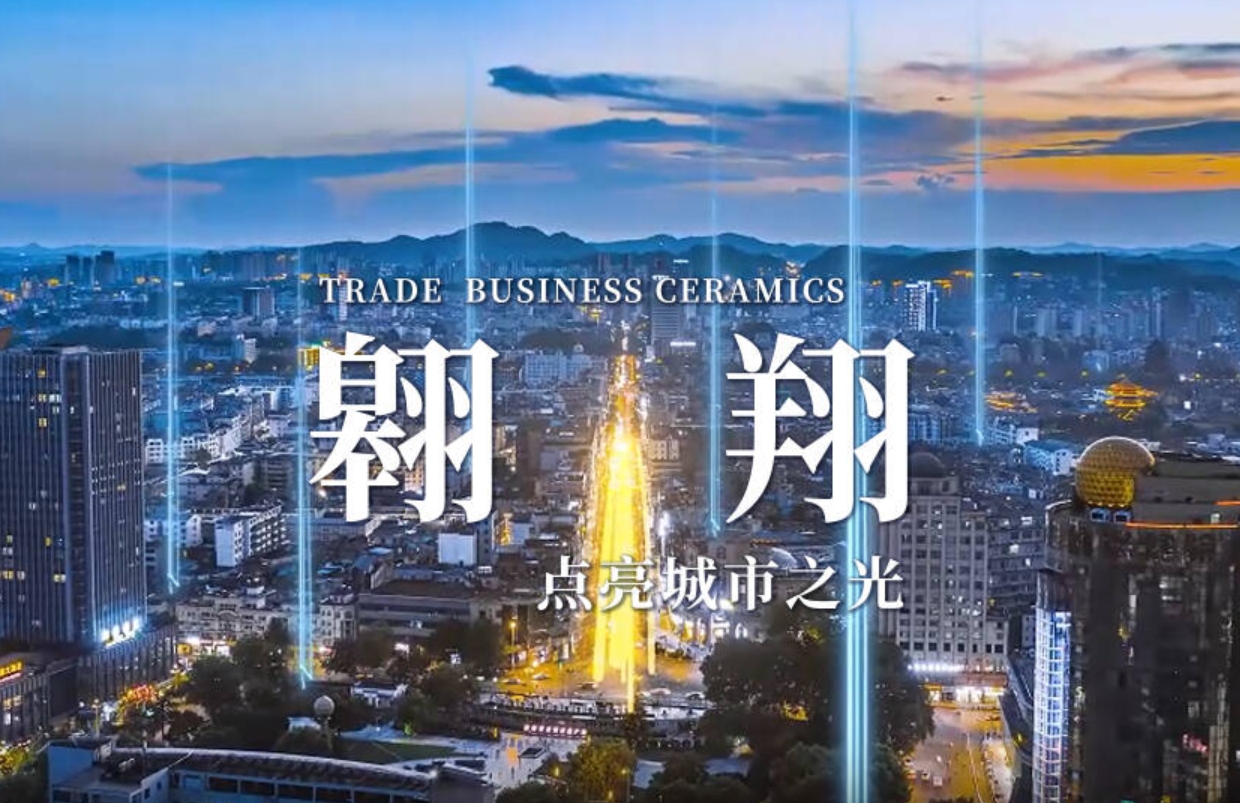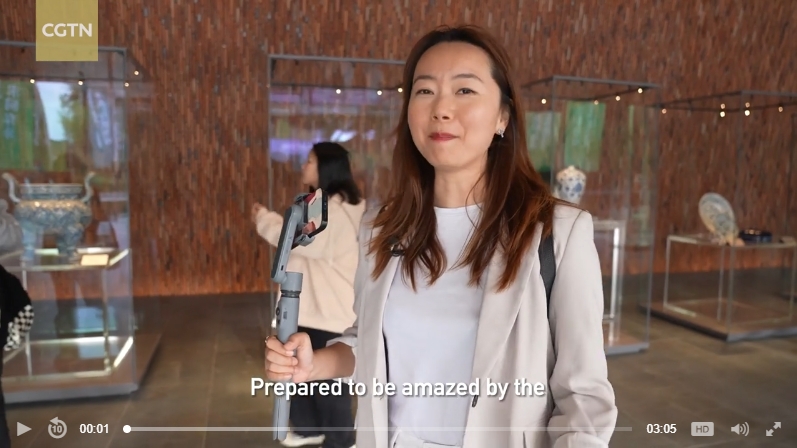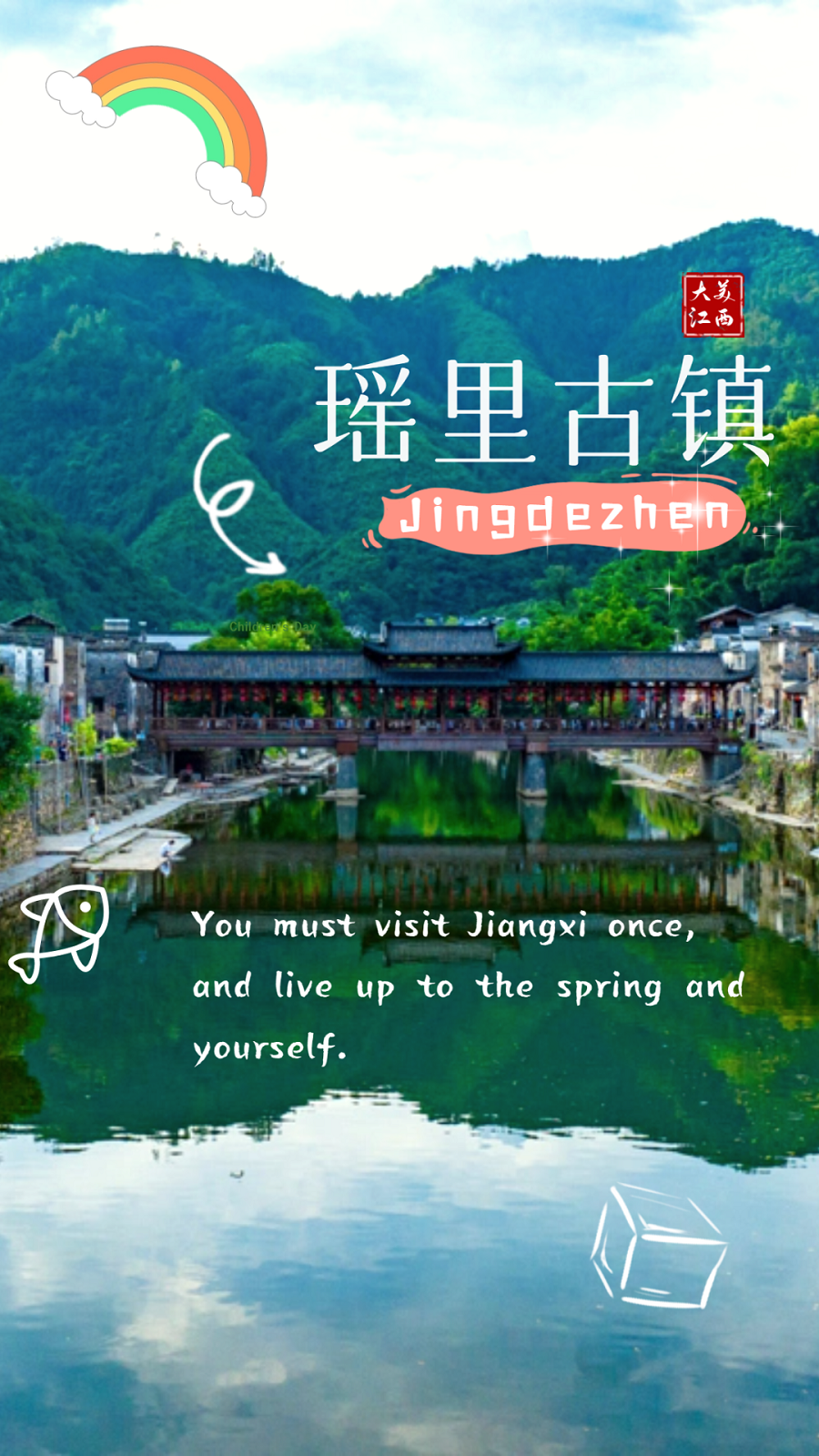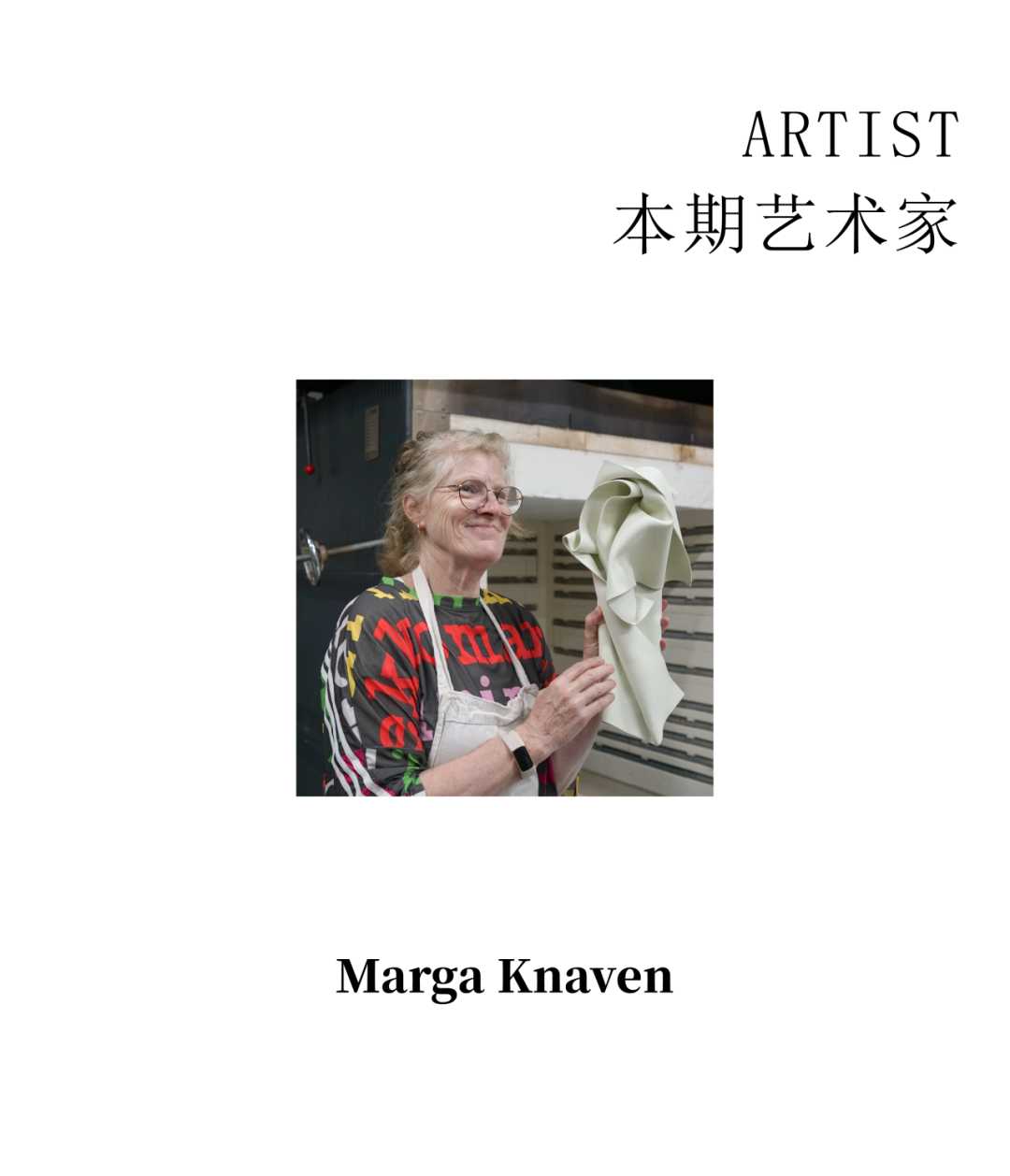
Materials impress, -sometimes by their physical appearance, fragile and vulnerable, sometimes by their sensory impact-, you cannot escape them. In my work, this materiality is significant and all-important.
Marga Knaven began as a ceramicist and fell under the spell of porcelain. The fragile beauty and long history of this material stimulated her to search for the limits of this special clay.
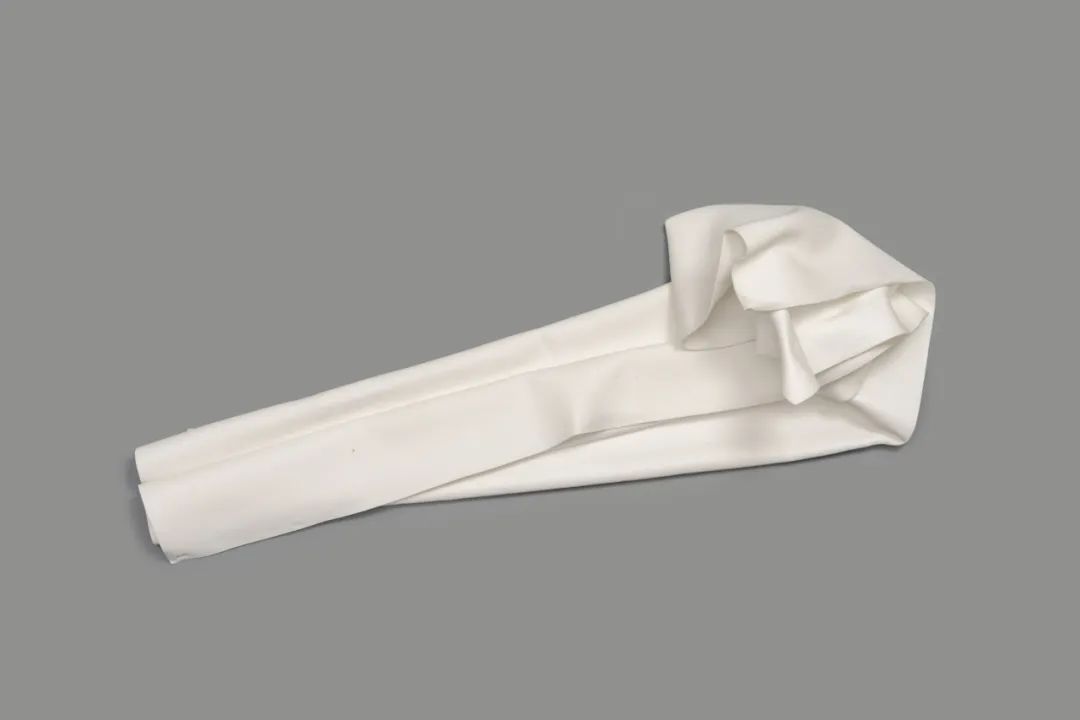
Years ago I discovered porcelain and became fascinated by the “hardness” the fragility of this material. I made wafer-thin sheets with an abstract drawing in color areas that I placed in a metal frame. But how was I to proceed?
Figurative forms derived from the human body, organs and later more abstract forms followed.
After a period of illness I wanted the work to become simpler and more about essence, about BEING in which the ACT is central.
With me now it is much more about the material, the action and treatment,where the technical aspect plays a big role.
What can ceramics be more than a pot or a figure, -which of course there is nothing wrong with that in itself-, but for me the challenge is in the question: how much space is there in a piece of porcelain?
After a working period at the E.K.W.C. in Den Bosch, I returned to thin sheets, started folding paper and then translating it into colored porcelain. After some time, I managed to cast wafer-thin sheets that I loosely folded and draped after drying and seemingly carelessly left in space.
Because the possibilities of porcelain had reached a limit for me in terms of size and I wanted to work in a larger format, I looked for other materials such as: polystyrene, aluminum and rubber.
The rubber formed, as it were, the antithesis of porcelain; in particular, it is pliable, soft and unbreakable. I made great works with it. So nowadays I also work with rubber.
The rubber is physically very pronounced - that smell!, that presence! - but as a material less distant. It feels akin as skin, as mass. The material is accessible, but it is also rigid and strong and has a very specific smell of its ownIt lets itself be joined and connected, supple and constantly flexible. It gives much more resistance to work with it, and unlike porcelain, it does not easily let me impose my will on it. I fold the material, but it does not stay that way, and to fix it I connect the parts with screws or sew them together.
This adds a visible visual element to my work, namely “THE CONNECTION.”
The sewn connections are done with colored cord and different stitchesperformed, emphasizing connecting. The larger format creates dashing large shapes, which effortlessly take up space and are emphatic.
When I fold the pieces of porcelain, it looks very much like rubber and so my eye fell on that material. My imagery was rendered larger translated with remnants of conveyor belt rubber.
The design of the rubber affected my porcelain works, especially in size. Laying my rubber and porcelain works side by side, one can see the similarities in design.
By folding colored rags, hanging works with loops and ribbons were created in addition to stilled horizontal works.

Looking for more space in the works, the rags are folded, wrapped and draped by me in special ways. Because of the way I treat and fire the porcelain, -among other things, because of the solidification process at the high firing temperature-, the works look soft.
In my work, fragility now transforms into closeness. Into an exploratory connection of rhythm, colors and patterns. Present forms emerge, fanning out into unexpected lightness, transparency, evocative, demanding attention and at the same time alienating, elusive.
Own entities that are near and cannot be ignored.
Looking for space in a piece of porcelain, playing with gravity, some of the pieces are no longer just folded, but cut up, wrapped and draped. The works become increasingly loose.
Despite the high temperature at which the porcelain is fired, it retains, as already mentioned, its soft and fragile appearance.
I am the daughter of a baker and my way of working is very reminiscent of what I used to see in our home bakery. The porcelain mass ( porridge) with which I pour the sheets is made in an old kneading machine owned by my father. Then the porridge is poured over a plaster block, smoothed out, then allowed to dry. On either side of a dried rag I apply cling film.
Then, when the patch is in the right condition to handle, I proceed to fold, wrap, twist and/or drape the patch on an oven tray. To prevent “baking cracks,” the resulting work must dry for quite some time and then be baked at a slow rate.
If during the drying process the work cracks, it goes back into the pan and the whole process starts over again.
So my work is about the act, the act of everyday folding wrapping, cutting and/or draping. The dried pieces of porcelain must be folded well at once. If they are too wet, the pieces stick together and too dry, the pieces break and/or tear. I do not add glaze, so I cannot repair or touch up anything.
It is good or not.I mark the title of each work with a date, which is the date the work was folded. On that date the action took place. MY WORKS ARE IRREVOCABLE! The beauty of the simplicity of the everyday。
来源:陶溪川文创街区
Source: Taoxichuan Ceramic Art Avenue
校对:唐婷玉
Proofread by: Tang Tingyu
编辑:陈敏思
Edited by: Chen Minsi
复审:占妍
Reviewed by: Zhan Yan
终审:陈俊绮
Final Reviewed by: Chen Junqi


